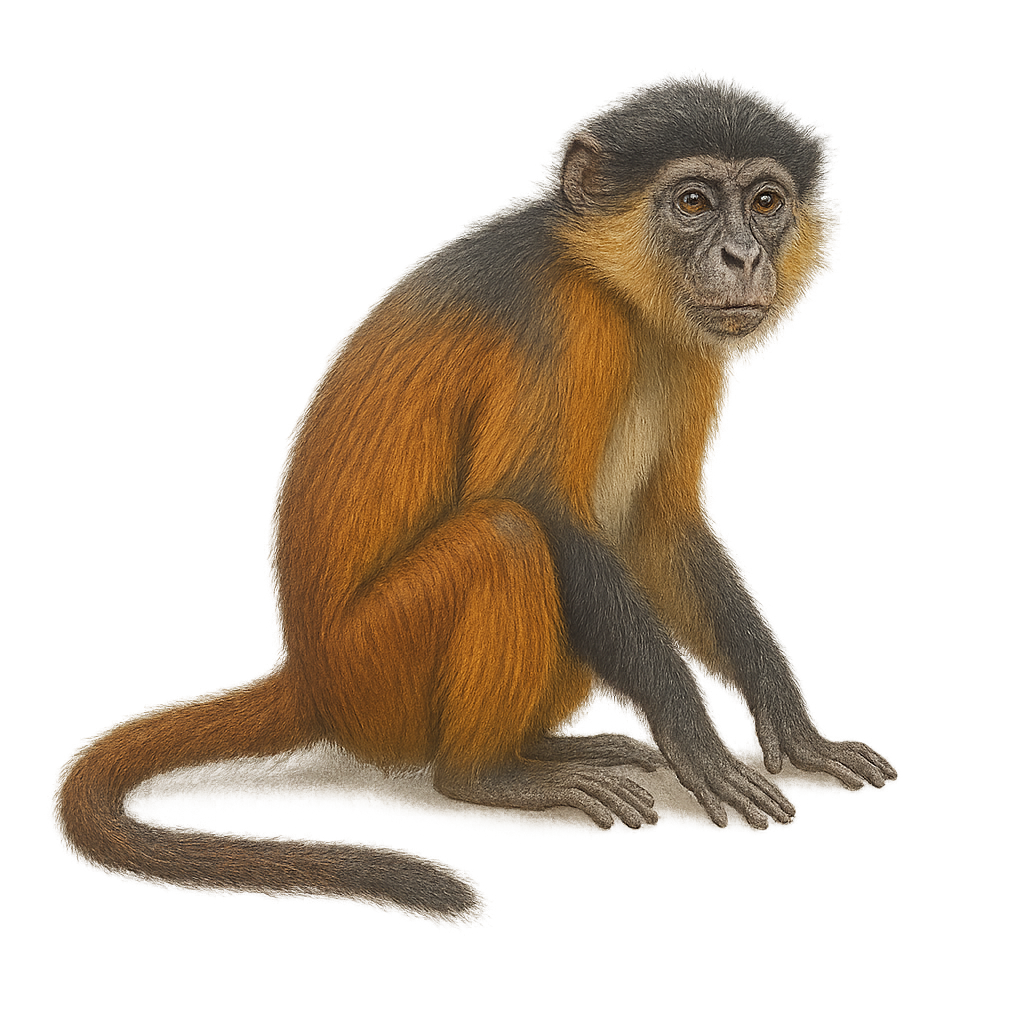Your wildlife photography guide.
Explore the western red colobus in detail, study its behavior, prepare your shots.
Where to observe and photograph the western red colobus in the wild
Learn where and when to spot the western red colobus in the wild, how to identify the species based on distinctive features, and what natural environments it inhabits. The WildlifePhotographer app offers tailored photography tips that reflect the western red colobus’s behavior, helping you capture better wildlife images. Explore the full species profile for key information including description, habitat, active periods, and approach techniques.
Western Red Colobus
Scientific name: Piliocolobus badius

IUCN Status: Endangered
Family: CERCOPITHECIDAE
Group: Mammals
Sensitivity to human approach: Shy
Minimum approach distance: 10 m
Rut period: September to November
Gestation: 175-190 jours
Births: March to May
Habitat:
Tropical forests, rainforests, mangroves
Activity period :
Primarily active during the day, with peak activity in the morning and late afternoon.
Identification and description:
The Western Red Colobus, or Piliocolobus badius, is an arboreal primate found mainly in the forests of West Africa. Recognizable by its reddish fur and black face, it is a social animal living in groups of up to 80 individuals. These monkeys primarily feed on leaves, but also consume fruits and flowers. Their specialized diet makes them vulnerable to deforestation and habitat loss. The Western Red Colobus is also known for its complex vocalizations used for group communication. Unfortunately, this species is threatened by hunting and habitat destruction, leading to a significant population decline in recent decades.
Recommended lens:
400 mm – adjust based on distance, desired framing (portrait or habitat), and approach conditions.
Photography tips:
To photograph the Western Red Colobus, it is essential to use a telephoto lens of at least 400mm to capture detailed images from a distance. Given their shy nature, it is advisable to remain discreet and avoid sudden movements. The best photography opportunities occur early in the morning or late afternoon when the light is soft and the monkeys are more active. Focus on capturing their social behavior or feeding habits for captivating images.
The WildlifePhotographer App is coming soon!
Be the first to explore the best nature spots, track rutting seasons, log your observations, and observe more wildlife.
Already 1 432 wildlife lovers subscribed worldwide

